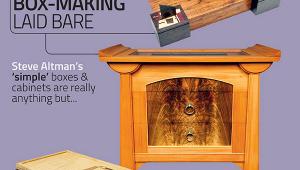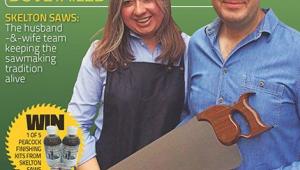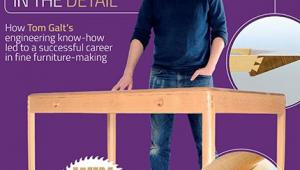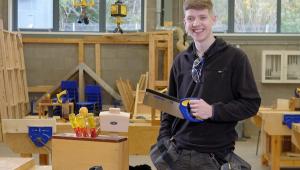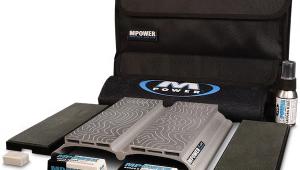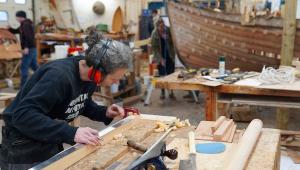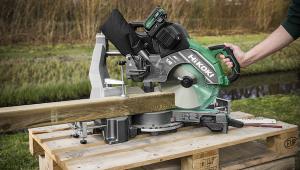Practical Woodworking
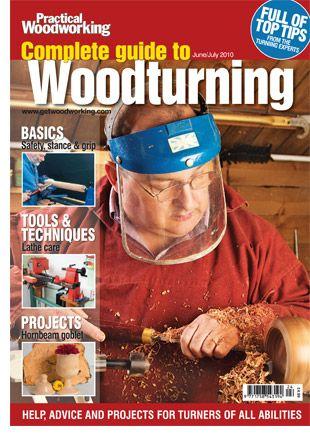
It starts by going back to basics and looking at the essential tools and skills you will require in order to start successful woodturning. This includes advice on safety, using the correct stance and how to grip tools properly. It then goes on to explain the various different cuts and which tools to use in order to achieve them.
The next section is all about turning tools and techniques and includes details on the pieces of equipment you are going to need in order to get setup to turn. There's also useful advice on choosing the correct tools. Other subjects covered include choosing a lathe and how to maintain it. We then move on to more advanced turning methods such as offset and ornamental.
The final section includes a number of projects aimed at woodturners of all skill levels who want to try out and practice their carefully honed skills and new tools. These range from a basic bowl through to a threaded puzzle, so there should be something to appeal to everyone.
Also in this issue...
Basic techniques - In the first of his turning basics articles, Dave Mackenzie gives tips on safety, stance, grip and techniques for turning a simple cylinder
Setting up to turn - If you're setting up a woodturning workshop, then Alan Holtham has some essential tips as well as some golden rules to follow to make a safe, space-saving workshop
Lathe care - Whether you paid £200 or £2000 for your lathe, it's well worth looking after your investment so the machine performs efficiently and accurately
Table skittles - For beginners and the young at heart, Chris Child turns an old favourite in the form of table skittles
- Log in or register to post comments
